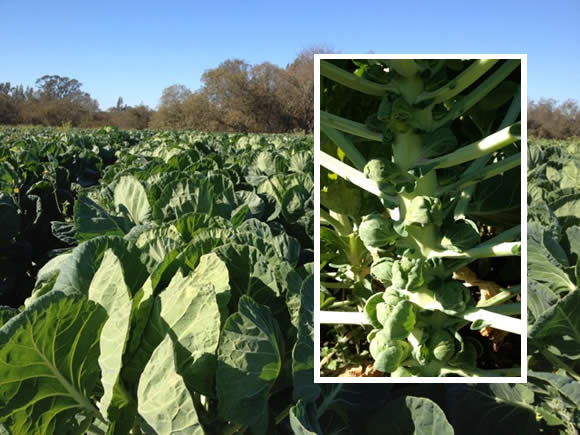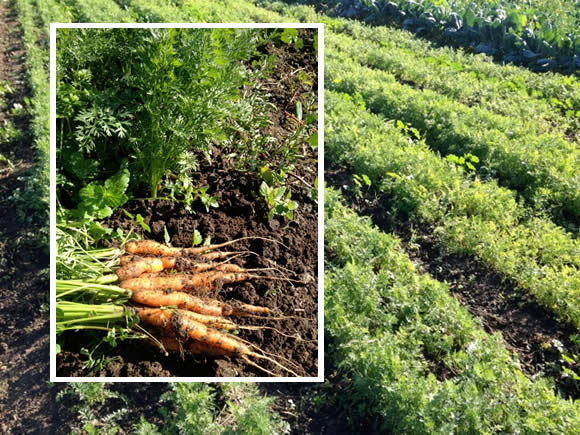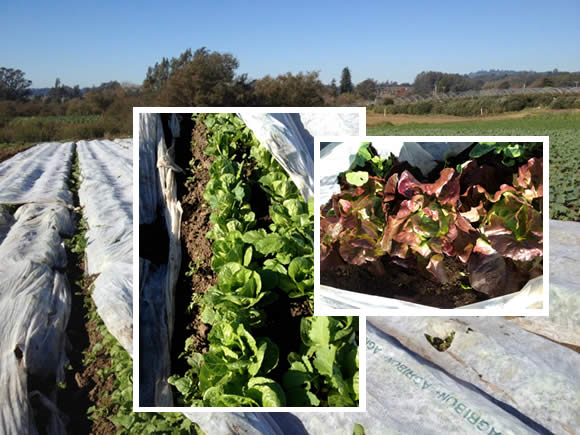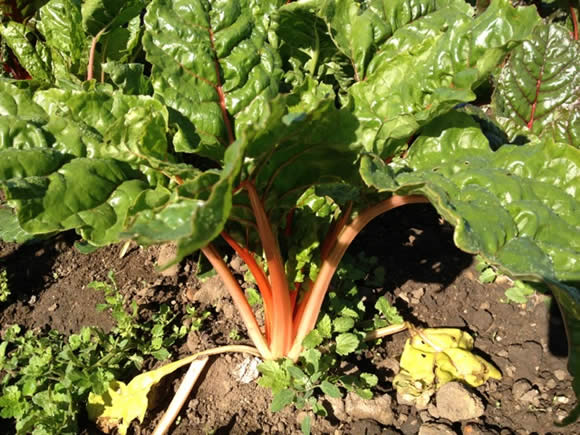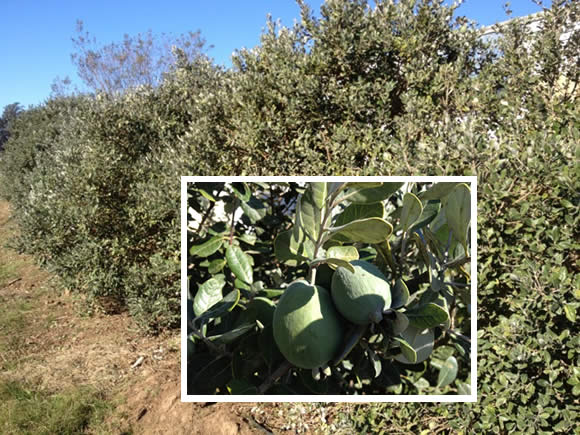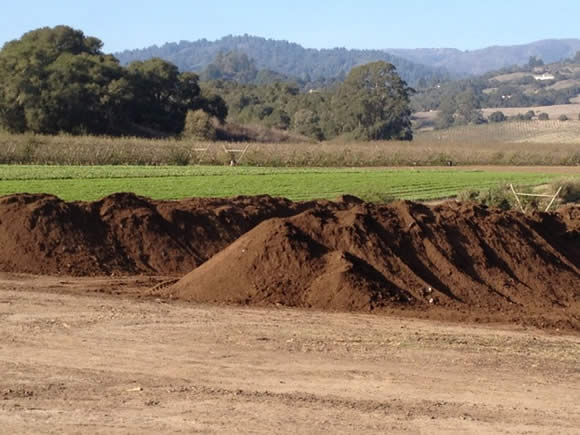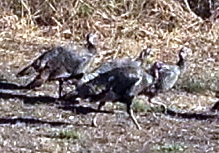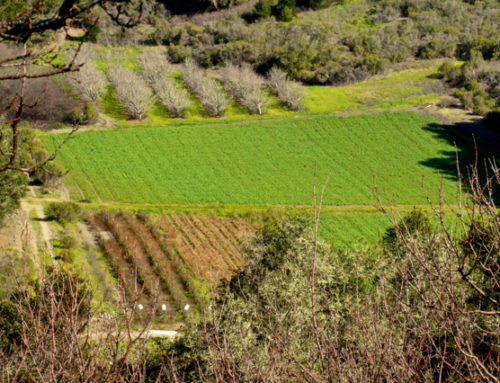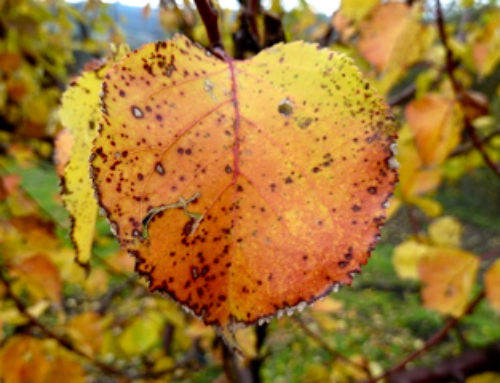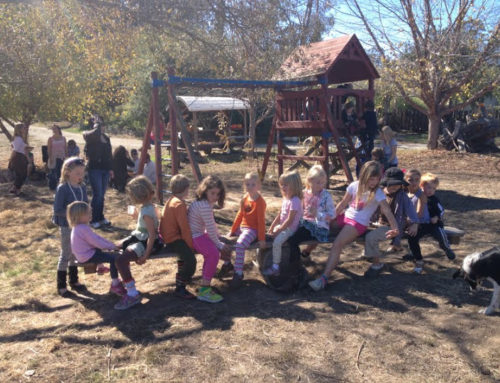
Eating locally grown, in-season vegetables and fruits takes on a whole new meaning in the winter. One becomes aware that crops we took for granted as plentiful a mere few weeks ago — tomatoes, cucumbers, peppers, strawberries, spinach, even lettuce and arugula — are now out of season, and that if you find them on store shelves, they have been shipped from further afield (usually the desert southwest, or Mexico). Our shorter days (we are only a few weeks away from the winter solstice) and colder temperatures have slowed the lives of our important allies, the soil microorganisms, and as a consequence slowed plants’ uptake of nutrients.
With the start of our Winter shares, we will be dancing to the rhythm of more challenging weather conditions. A Pacific storm coming our way this week is the first of several we hope to enjoy this winter, however they often bring flooding, freezing temperatures, strong winds, power outages, equipment breakdowns as well — all sorts of things that can contribute to difficult harvest and field conditions, which in turn translate into more variability and uncertainty in quantity and diversity of the crops in your shares. We have planned ahead though; most of our winter crops were purposefully planted on a staggered schedule, so as to mature at different times. On my field walk today I took a few photos to give you a snapshot of crops currently growing in the field (see below). Since we are expecting several inches of rain, besides harvesting we are busy turning our compost piles one last time before covering them up for the winter, pulling the last tomato stakes, making sure all the drainage ditches are in place along the edges of fields, orchards and roads, finishing a late planting of cauliflower, mulching the strawberries… the list is never-ending, since there is always something more to do. Generally, rain in California throws people off; we are surprised when it happens, worried when it doesn’t. Transitioning the farm into winter mode takes time — sort of like turning an ocean liner around.
Food is always center stage here at the farm, and as is customary at the end of every season, the entire Live Earth Farm family celebrated with a feast of traditional Mexican dishes. 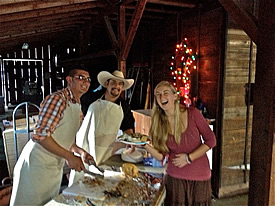 In honor of the occasion we traded several of our goats for a 200-pound pig, which Juanillo and Alejandro expertly prepared into delicious “carnitas” accompanied by Maria Elena’s popular pozole, a rich stew made with parts of the pig and hominy. Big steaming bowls of black beans, rice, and stacks of warm tortillas complimented the entrees while Angeles’ spiced fruit punch was so popular that one large pot was not enough and more had to be made.
In honor of the occasion we traded several of our goats for a 200-pound pig, which Juanillo and Alejandro expertly prepared into delicious “carnitas” accompanied by Maria Elena’s popular pozole, a rich stew made with parts of the pig and hominy. Big steaming bowls of black beans, rice, and stacks of warm tortillas complimented the entrees while Angeles’ spiced fruit punch was so popular that one large pot was not enough and more had to be made.
With the holiday season upon us, cooking with the hardier winter crops will hopefully remind us to slow down and enjoy the warming flavors of a soup, stew, or pie made from the winter squash, potatoes, leeks, cauliflower or kale in your share. By being so connected to your food the way you are in a CSA, I like to believe that the act of eating becomes an act of caring — for our bodies, our families bodies, and the body of the earth from which we partake.
– Tom
